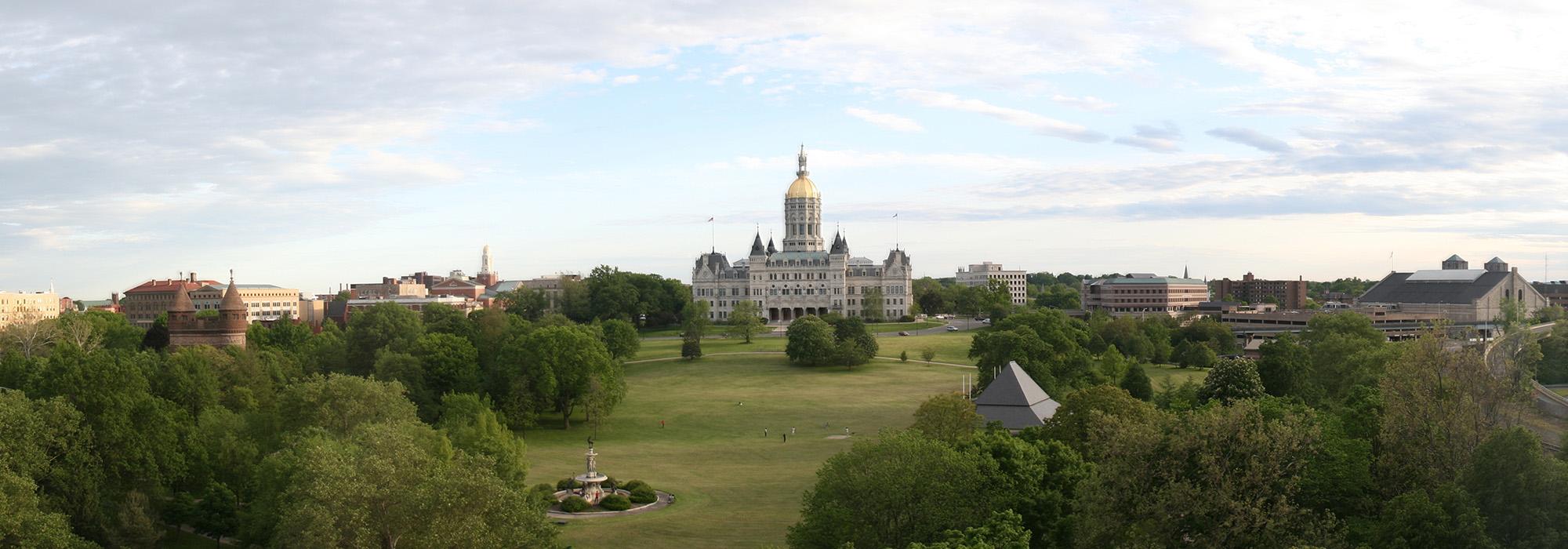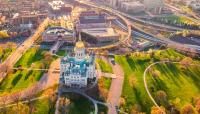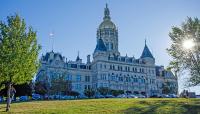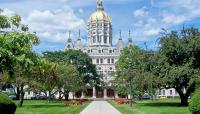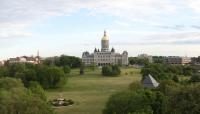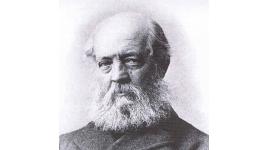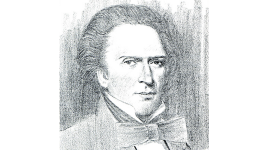Landscape Information
With Hartford established as the state capital after the Civil War, a new capitol building, designed by Richard Upjohn, opened in 1878 on the former site of Trinity College. Since this property abutted Bushnell Park, it gave the impression of the park as an extension of the capitol grounds.
In 1893 John Charles Olmsted was brought in to advise on matters related to the capitol grounds, such as improvements to Trinity Street and other drives, terrace alignment, plantings to screen out the railroad, and locating various monuments, such as the 1899 Corning Fountain. Following John Charles Olmsted’s death, Edward Whiting and James Frederick Dawson of Olmsted Brothers became involved in site planning, including rearranging surrounding roads and bridges for greater accessibility, between 1925 and early 1932.
Extensive planning by Olmsted Brothers staff (Edward Whiting and William Marquis) from 1939 to 1947 included developing new entrance plazas and terraces; relocating sculptural elements and memorials; and improving the harmonious connection from the park to the capitol. Bushnell Park and the Connecticut State Capitol today have retained much of this work. The two sites were listed in the National Register of Historic Places in 1970. The Capitol building was made a National Historic Landmark that same year.



